Last updated on June 17th, 2024
Featured image: Mesmerizing cultural experiences and extensive wildlife are just a couple of reasons why women should visit Nairobi | Photo by IndustryAndTravel on Envato
First-hand advice on the city in the sun
by Rupi Mangat
In 1901, Nairobi was an outcrop of canvas tents and a few tin buildings. The Lunatic Line was complete from Mombasa on the Indian Ocean to Kisumu on the shores of Lake Victoria.
The proper name was the Uganda Railway (the end destination) constructed between 1896 and 1901, 1060 kilometres by 36,000 Indian labourers shipped in from the Punjab in India by the British to open the ‘Dark continent’ – dark because the interior was a mystery. The railway became East Africa’s first modern mode of transport giving birth to settlements along its route.
Until then, the indigenous Maasai pastoral brought their cattle to ‘Nyarobe’ the ‘place of cool waters’ because much of it was swamps and rivers. Nyarobe morphed into Nairobi and is today a cosmopolitan hub of 4 million people.
What Makes Nairobi Unique
It’s modern, it’s cosmopolitan, it’s vibrant and the centre of the safari circuit. These are just some of the reasons why women should visit Nairobi. There’s something for anyone from boutique hotels and chic restaurants to a lively art scene and busy shopping malls.
Until a decade ago, Nairobi was dubbed the ‘Green City in the Sun’. The green’s been replaced by skyscrapers and buildings by a rapidly growing population. It has the most perfect climate in the world – averaging 22 degrees centigrade almost throughout the year.
Things to Know About Nairobi
Currency: It’s Kenya shilling in denominations of currency notes of Ksh 1000, 500, 200, 100, 50, 20 and 10.
The USD rate in May 2024 is 1 USD is about Ksh 131.75. Log on to the WISE platform for info on money matters.
Credit cards are accepted in most places like Visa and Mastercard.
You will need to carry some cash for smaller purchases and curio shopping. Tipping can be done in US dollars.
How to Get to Nairobi
If you are flying in from Europe, America, Australia or Asia, most international flights fly in and out of Jomo Kenyatta International Airport in Nairobi. Check for flights here.
eTA
Visiting Kenya requires you to apply for the Electronic Travel Authorization before entering Kenya. You can apply via the Directorate of Immigration & Citizen Services.
Vaccinations
Check vaccinations required on the Centres for Disease Control and Prevention portal for Kenya. It is important to consult the required medication with your doctor.
Getting Around Nairobi
Within Kenya, Kenya Railways has the standard gauge railway with scheduled train services between Nairobi and Mombasa, the coastal city 500 kms south-east of Nairobi.
Buses try to be on schedule and one can catch one to any part of the city. The cheapest taxi is the 14-seater matatu, mostly carelessly driven.
Some dare-devil will opt to hop on to a boda-boda which is a motorbike taxi to avoid being stuck in traffic. These are more often than not driven by young reckless men with a high turn-over of accidents.
You can hire a car but Nairobi drivers generally follow their own rules and drive on which side of the road to avoid potholes or something.
You are best using a taxi or ride-sharing app. Uber and Bolt are the two popular taxi apps. When leaving your hotel do let the front desk know the taxi you are taking.
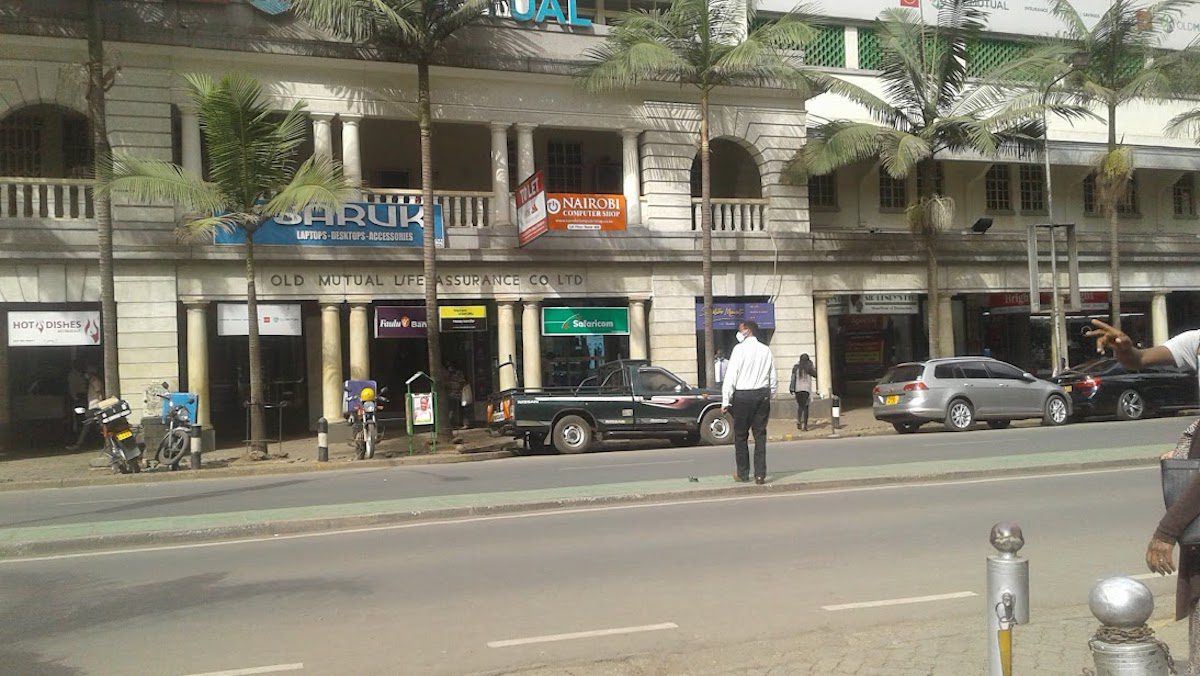
Nairobi city centre / Photo by Rupi Mangat
Safety in Nairobi
Like any city in the world, exercise caution, avoid walking at night, dress simply and do not take photos of people without their permission. Do note that you are not allowed to take photographs of the parliament building, the police, the headquarters of the Kenya Army, army barracks, Kenya Medical Research Institute (KEMRI), airport, diplomatic embassies, Central Bank of Kenya, the police stations, or the president. They fall under the Protected Areas Act. The same goes for filming.
Where to stay in Nairobi
From the very exclusive like the Giraffe Manor Hotel to the sophisticated historical like the Fairmont the Norfolk and Karen Blixen Coffee Garden and Cottages to the urban Kempinsky Villa Rosa, you also have the ones in Nairobi National Park like the Nairobi Tented Camp and the more affordable Tamarind Tree that is close to Wilson Airport from where all local flights on the safari circuit operate.
If you want a day room or overnight at Jomo Kenyatta International Airport, check in at Four Points Sheraton or Crowne Plaza.
Things to do in Nairobi
Here are a few tips to savour the city. Nairobi the central business district is busy city and traffic can be a challenge. If you are street smart and enjoy walking the city, the central part as it was designed pre and post-independence boasts the Parliament Building, art-deco architecture, urban gardens, the McMillan Library, the Supreme Court Building by the Kenyatta International Convention Centre which was the country’s tallest at 32 stories. Completed in 1974, it towered over the city for 26 years.
Away from the CBD, you’ll find the suburbs of Karen, Westlands and Gigiri where the United Nations Environment Programme is based. They are popular for their shopping malls and restaurants.
Nairobi is a foodie’s city from the local ‘nyama choma’ (roasted meat) to fine dining and fast food. Discover the hundreds of restaurants in the malls, hotels and in the gardens.
Nature Lover
Surrounded by indigenous forests in and around it, they are fascinating for their bird life, small wildlife and plants. Walk your 10,000 steps in the heart of the city forests – Karura and Sigiria – safe for women to walk on their own. City Park forest (take a guide for safety) near the Nairobi Museum has a sculptor garden in Murumbi Peace Memorial Garden with masterpieces by some of the first generation of independent African artists. The Nairobi Arboretum showcases many indigenous species including the African baobab, Africa’s oldest living monument.
Wildlife
Nairobi is the world’s only capital with a national park that has indigenous free-ranging wildlife like the black rhinos, lions, leopards, antelopes, reptiles, raptors and the open space fenced only on the city side. Read more on Nairobi National Park here.
Giraffe Centre
Meet eyeball-to-eyeball with the Rothschild giraffe, Kenya’s most endangered giraffe. How this giraffe came to Nairobi and was saved from going extinct is a fabulous tale centred on the late Betty Leslie-Melville and her husband Jock. The bespoke Giraffe Manor is next door. Discover the Giraffe Centre here.
Sheldrick Elephant Sanctuary
A must for die-hard rhino and elephant lovers is to visit here to watch the adorable orphans come to feed and entertain fans with their antics. Read Dame Daphne Sheldrick’s books and the story of Tsavo East, Kenya’s largest national park from its creation in 1948.
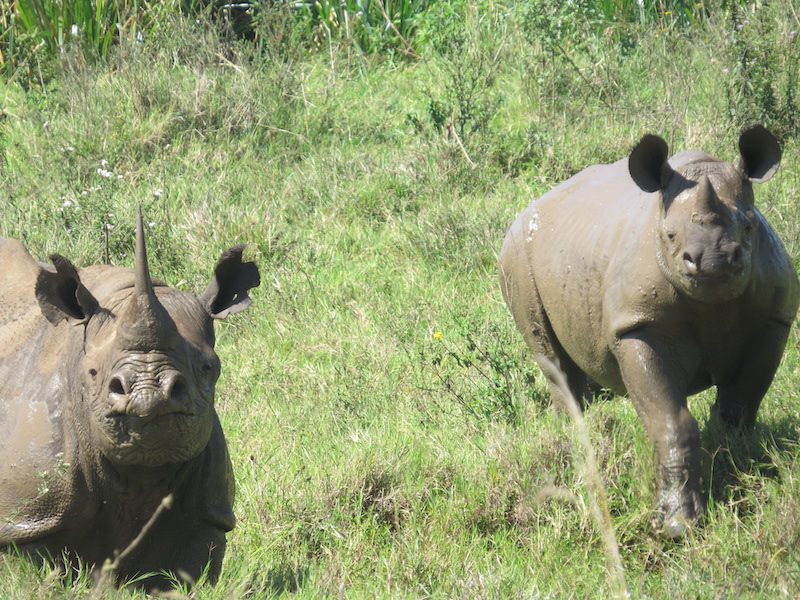
Indigenous black rhino female and calf by the swamp in Nairobi National Park / Photo by Rupi Mangat

Museums
For a quick tour of Kenya’s heritage, the Nairobi National Museum is a must. Explore the many galleries from prehistory (Kenya is the cradle of humankind) to her people; from marine life to her big. With more time, drop in at the Nature Kenya office and stroll down into the sculpture garden and the Kaya, the scared forest of the coastal people.
Karen Blixen Museum
On the outskirts of Nairobi, where Karen Blixen of the Out of Africa fame had a farm, visit her house with the Ngong Hills (the knuckles) in the distance (she described them in the book as ‘immovable dark waves against the sky’. Drop in at the Karen Blixen Coffee Garden and Cottages for a meal or stay. It still has the century+ house of her manager (Swedo House). A few minutes down the road is Oloolua Forest. Ask for a guide at the entrance.
Art Galleries
Nairobi Gallery
Drop in at one of the oldest buildings in the city – 1913 – and be fascinated by the collection of arts by Joseph Murumbi, Kenya’s second vice president in 1966.
Matbronze Wildlife Art
Pick up some stunning bronze sculptures in Nairobi’s first bronze foundry. It also has a colourful garden and restaurant.
Shopping
Unique is the Maasai market, a collection of Kenyan fashionistas, jewellers, and crafts selling their brands at different venues during the week including at the high-end shopping malls like Sarit, Westgate, Village Market and the Hub.
The Maasai Market held by local artisans in different malls every day has its origins in the weekly vendors’ day at the African Heritage shop in the 1980s founded by the late Alan Donovan and Joseph Murumbi. After Donovan travelled to Lake Turkana in the 1970s, he brought back artifacts from the local Turkana and turned them into fashionable jewellery that the world had never seen.
There are inspired fashionable outfits, jewellery, sculptures and art deco.
The Africa Heritage House
For a tour of all things African, you must visit or stay at the most photographed house in the world, built by Alan Donovan in the late 1980s overlooking Nairobi National Park. Inspired by the mud mosques of Timbuktu and Djenne in Mali, West Africa you will be amazed at Africa’s art, architecture, crafts, textiles and jewellery. Enjoy lunch or check in for the night.
More to Discover From Kenya
JourneyWoman Webinar Series: Less-Travelled Africa for Women With Experts
Join our April 23 webinar to learn more about where to go in Africa, featured on our “30 Less-Travelled Places for Women to Travel in 2024.”
How Travel Changes Us: From Grieving Widow to Cheetah Crusader in Kenya
When Michele McCarthy was widowed, she turned to solo travel as a way to reinvent herself as a cheetah crusader in Kenya.
Dr. Shirley Strum: Walking with Baboons in Kenya
Meet Dr. Shirley Strum, founder of Uaso Ngiro Baboon Project in Kenya, who has created baboon eco-tourism projects at Twala-Tenebo Cultural Village to employ women in Kenya.

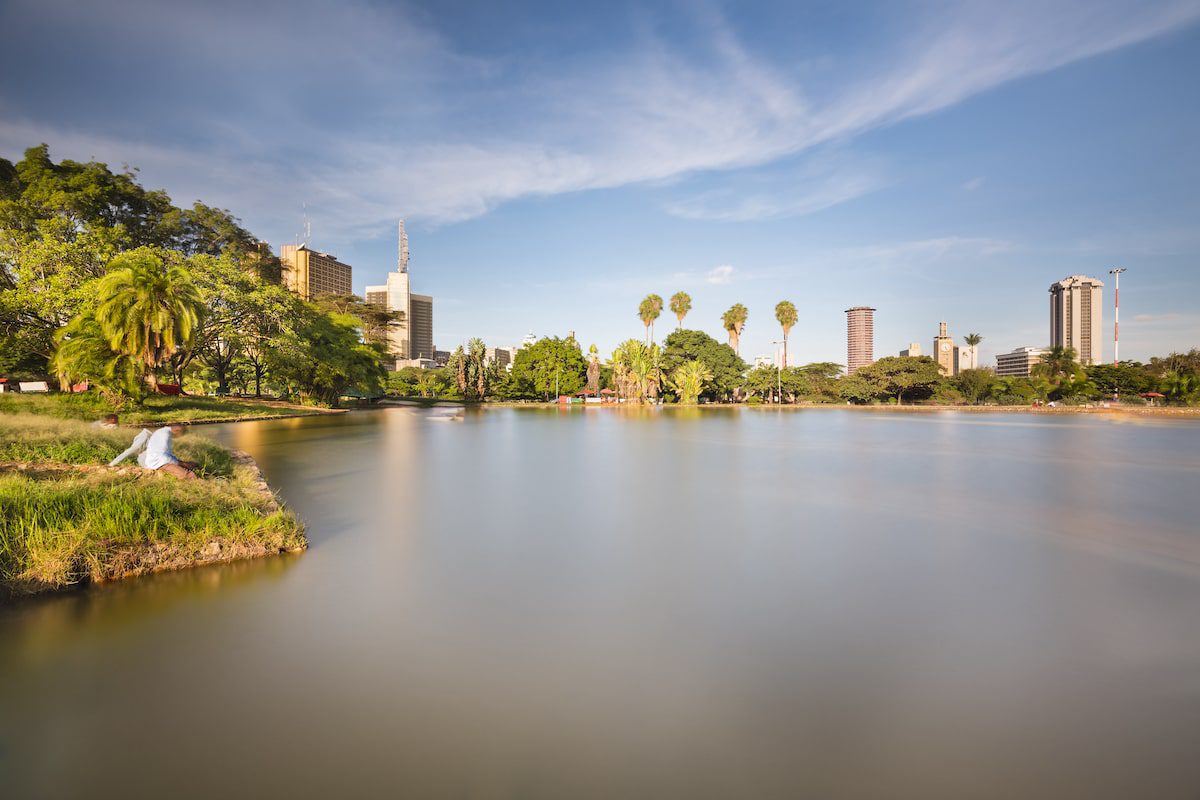



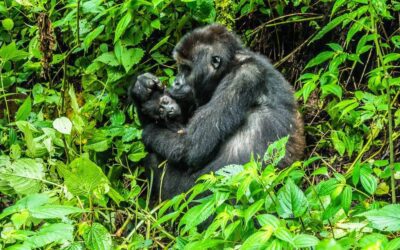
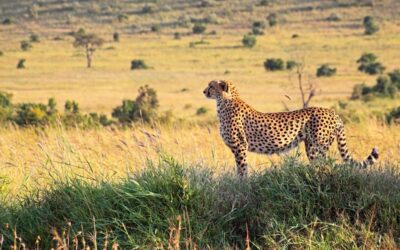
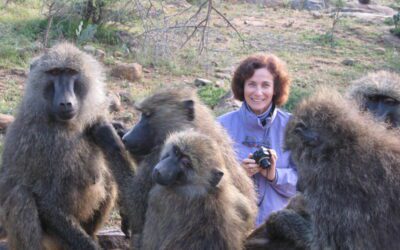
0 Comments
We always strive to use real photos from our own adventures, provided by the guest writer or from our personal travels. However, in some cases, due to photo quality, we must use stock photography. If you have any questions about the photography please let us know.
Disclaimer: We are so happy that you are checking out this page right now! We only recommend things that are suggested by our community, or through our own experience, that we believe will be helpful and practical for you. Some of our pages contain links, which means we’re part of an affiliate program for the product being mentioned. Should you decide to purchase a product using a link from on our site, JourneyWoman may earn a small commission from the retailer, which helps us maintain our beautiful website. JourneyWoman is an Amazon Associate and earns from qualifying purchases. Thank you!
We want to hear what you think about this article, and we welcome any updates or changes to improve it. You can comment below, or send an email to us at [email protected].